Galapagos Species Database
The Galapagos Species Database shares the information about the species from our Natural History Collections.
Bugula neritina
briozoo, anamarchis neritina, Bryozoan
The brown bryozoan is a colonial animal that is purplish-brown in color and about 10 cm high, growing in flexible bushy colonies that are often mistaken for seaweed. The colonies are actually made up of individuals called zooides which are very small, being about a millimeter or less in length.
Domain
Eukaryota
Kingdom
Animalia
Phylum
Bryozoa
Class
Gymnolaemata
Order
Cheilostomatida
Suborder
Neocheilostomatina
Superfamily
Buguloidea
Family
Bugulidae
Genus
Bugula
Species
neritina
Taxon category: Accepted
Syn.: Sertularia neritina Linnaeus, 1758 (Horton et al., 2021)
Origin: Introduced - established
Year of first record: 1932
Mode of introduction: Accidental
Introduction Pathway: Stowaway
Subpathway: Ship hull
Introduced status: Naturalized
Invasive status: Under watch
Substrate or host preferences: Corals, rocks, sponges, tunicates, sand, and rock.
Feeding preferences: Microorganisms suspended in the water, e.g. phytoplankton.
Trophic role: Herbivorous
Reproduction mode: Exclusively asexual
Reproductive biology: Brown bryozoans are hermaphrodites, having both female and male reproductive organs. New colonies are formed when larvae are released into the water and attach to hard surfaces where they develop into adults. Colonies grow by asexual budding, and can live for more than a year.
Dispersal propagule: Cascos de barcos, agricultura de ostras. On boat hulls and oyster farming.
Map of specimen collection localities or observation records for this species in our collections database.
Distribution: Ecuador in Galapagos Islands Galapagos Islands of in Santiago, Santa Cruz (sur), Floreana (Osbourn, 1950; Banta & Redden, 1990) in Santiago, Isabela, Floreana, Santa Cruz; origin unknown, probably from the Atlantic and Mediterranean.
- Appeltans, W. Bouchet, P., Boxshall, G.A., Fauchald, K., Gordon, D.P., Hoeksema, B.W., Poore, G.C.B., van Soest, R.W.M., Stöhr, S., Walter, T.C., Costello, M.J. (eds.) (2010) World Register of Marine Species (WoRMS). Available online at http://www.marinespecies.org.
- Bustamante, R.H. Vinueza, L.R., Smith, F., Banks, S., Calvopiña, M., Francisco, V., Chiriboga, A., Harris, J. (2002) Comunidades submareales rocosas I: Organismos sésiles y mesoinvertebrados móviles. In: Danulat, E. & Edgar, G.J. (eds.) (2002): Reserva Marina de Galápagos. Línea Base de la Biodiversidad. Fundación Charles Darwin/Servicio Parque Nacional Galápagos, Santa Cruz, Galápagos, Ecuador, p. 38-67.
- Banks, S. Vera, M. & Chiriboga, A. (2009) Establishing Reference Points to Assess Long-Term Change in Zooxanthellate Coral Communities of the Northern Galapagos Coral Reefs. J. Sci. Conserv. in the Galapagos Islands, p. 43-64.
- Banta, W.C. (1991) The Bryozoa of the Galápagos. In: James, M.J. (ed.): Galápagos Marine Invertebrates. Taxonomy, Biogeography, and Evolution in Darwin's Islands. Plenum Press, New York and London, p. 371-367.
- Banta, W.C. Redden, J.C. (1990) A Checklist of the Bryozoa of the Galapagos. Proceedings of the Biological Society of Washington, 103(4), 789–802.
- Carlton, J. T. Keith, I., & Ruiz, G. M. (2019) Assessing marine bioinvasions in the Galápagos islands: Implications for conservation biology and marine protected areas. Aquatic Invasions, 14(1), 1–20. https://doi.org/10.3391/ai.2019.14.1.01
- Horton, T. Horton, T., Kroh, A., Ahyong, S., Bailly, N., Boyko, C. B., Brandão, S. N., Gofas, S., Hooper, J. N. A., Hernandez, F., Holovachov, O., Mees, J., Molodtsova, T. N., Paulay, G., Decock, W., Dekeyzer, S., Poffyn, G., Vandepitte, L., Vanhoorne, B., Adlard, R., ... Zhao, Z. (2021) World Register of Marine Species. Available from https://www.marinespecies.org at VLIZ.
- Osbourn, R. C. (1950) Bryozoa of the Pacific Coast of America. Part 1, Cheilostomata-Anasca. Osbourn, R. C. (1950). Bryozoa of the Pacific Coast of America. Part 1, Cheilostomata-Anasca. In Allan Hancock Pacific Expeditions. (1st ed., pp. 1–29).
You are welcome to download and use the information found in this page, acknowledging its source.
This page should be cited as follows:
"Galapagos Species Database, Bugula neritina", dataZone. Charles Darwin Foundation, https://datazone.darwinfoundation.org/en/checklist/?species=8016. Accessed 9 July 2025.

